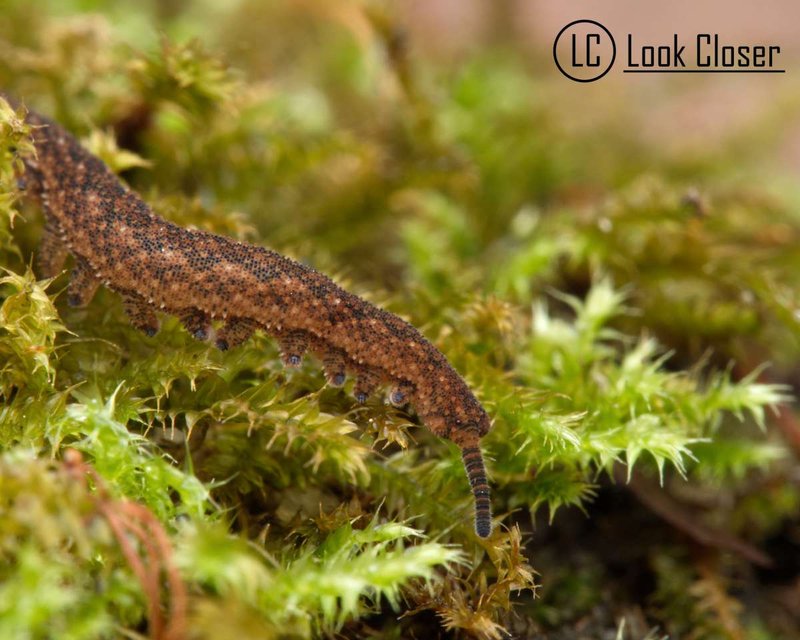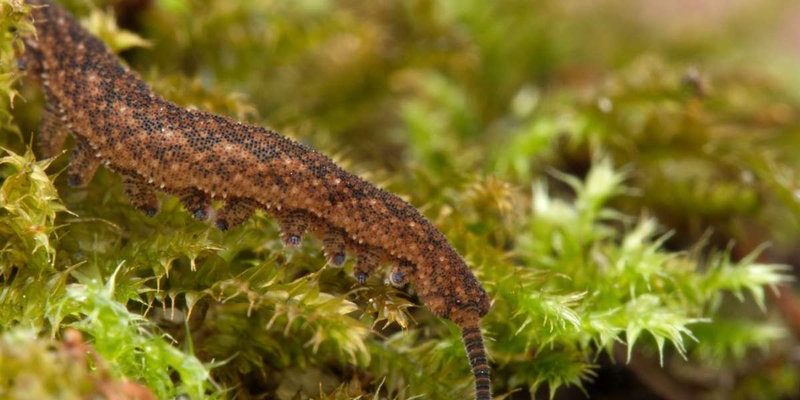
Picture a serene forest, filled with towering trees and winding streams. Now, imagine that forest slowly being cut into smaller patches, like slicing up a delicious cake. This fragmentation creates isolated pockets of habitat, separating wildlife and making survival more challenging. Velvet worms, with their specific needs and environment, respond in interesting ways to these changes. Let’s dive into how habitat fragmentation affects these unique animals.
What Are Velvet Worms?
Before we jump into the impact of habitat fragmentation, let’s get to know velvet worms a bit better. Found primarily in humid forests and tropical areas, these creatures belong to a group called Onychophora. They have a soft, velvety texture, which gives them their name. With their many legs and charming appearance, you might find it hard to believe they’re actually more closely related to insects than to worms!
Velvet worms are predatory and hunt small insects, using a unique method: they secrete a sticky slime to trap their prey. Imagine pulling out your favorite snack, only to find it stuck in a web of goo! Though they might seem small and fragile, these animals play a vital role in controlling insect populations, contributing to their ecosystems’ health.
Understanding Habitat Fragmentation
Now, let’s discuss habitat fragmentation. This occurs when large habitats are divided into smaller, isolated sections, often due to human activities like urban development, logging, or agriculture. Think of it as breaking a big puzzle into smaller pieces. Each piece might be beautiful, but when they don’t connect well, the picture becomes incomplete.
For velvet worms, fragmentation means their homes are disrupted. These creatures thrive in moist, forest environments, so cutting down trees or creating roads can significantly impact their survival. When their habitat becomes fragmented, they lose access to vital resources, like food and shelter.
The Effects on Velvet Worm Populations
So, how do these tiny worms respond to habitat fragmentation? Well, like many living beings, their response is often a mix of adaptation and struggle. Here are some of the main effects:
- Isolation: Velvet worms may become isolated in small patches of habitat, which limits their ability to find mates and diversify their gene pool.
- Resource Scarcity: With their habitat cut off, they may struggle to find food. This can lead to decreased populations over time.
- Increased Predation: Fragmentation can make velvet worms more vulnerable to predators, as they have fewer places to hide from their enemies.
Despite these challenges, some velvet worms manage to adapt. Those that can move deeper into remaining forest areas may find suitable environments. However, this isn’t a guarantee for all populations.
Adaptation Strategies of Velvet Worms
You might wonder how these resilient worms cope with such changes. Well, velvet worms have some interesting adaptation strategies.
For starters, they can adjust their behavior. In fragmented habitats, they may become more nocturnal, avoiding daytime predators and maximizing their chances of finding food. Additionally, velvet worms can also alter their diet to include more readily available prey in their local environment.
Another adaptation is their reproductive strategy. In times of stress, some species may produce more offspring, hoping that at least some will survive in the fragmented landscape. This is nature’s way of ensuring that their lineage continues, even when times are tough.
The Importance of Connectivity in Ecosystems
One of the most critical factors for the survival of velvet worms—and many other species—is the connectivity of their ecosystems. Imagine a highway system for wildlife, allowing animals to move freely between habitat patches. This connectivity is essential for maintaining healthy populations.
Conservation efforts often focus on creating wildlife corridors or protected areas, which help connect fragmented habitats. These corridors allow velvet worms to migrate, find mates, and access different food sources. Without such connections, the genetic diversity of velvet worm populations can decline, making them more vulnerable to diseases and environmental changes.
The Role of Human Activity
Let’s talk about humans’ role in all of this. Our activities often drive habitat fragmentation, but we also have the power to help. Urban development, agriculture, and deforestation pose significant threats to velvet worms and countless other species. However, we’re also capable of making more sustainable choices.
For example, when planning new developments, we can prioritize maintaining green spaces and corridors. Education and awareness about the importance of all creatures, including velvet worms, can help encourage conservation efforts. After all, when we protect these unique animals, we’re also safeguarding the health of entire ecosystems.
The fate of velvet worms is intertwined with the actions we take today. As habitats continue to face fragmentation, their survival will depend on our ability to create sustainable environments. Knowing how velvet worms respond to habitat changes reminds us that every small action counts. By advocating for conservation and understanding the importance of biodiversity, we can ensure these amazing creatures continue to thrive.
So next time you think about velvet worms—or any wildlife—remember that they’re not just fascinating little beings; they’re indicators of the health of our ecosystems. Together, we can keep our planet buzzing with life!

